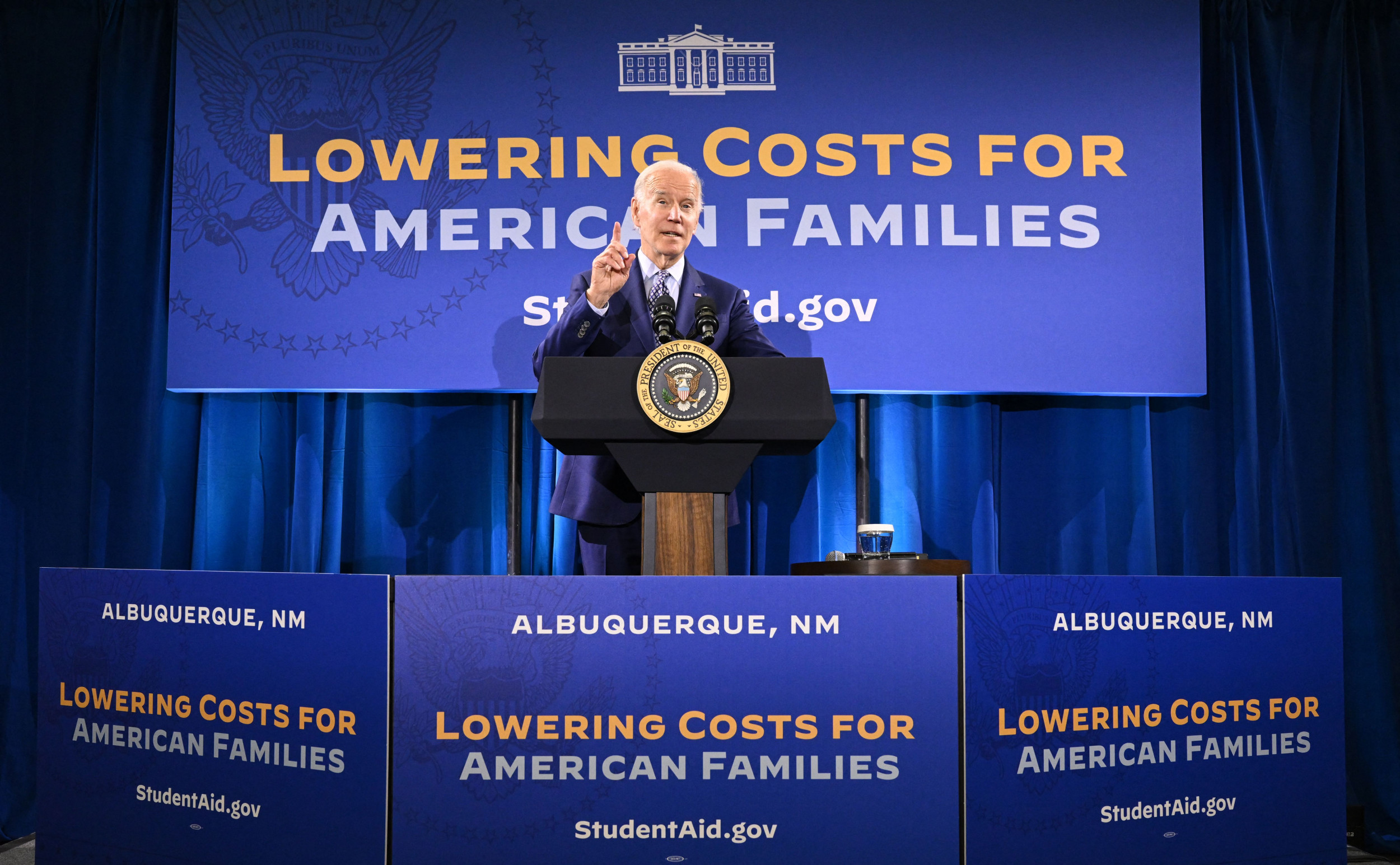This week, the average rate on a 30-year mortgage hit the highest level in nearly three months.
The average rate climbed to 6.54 percent this week, according to mortgage buyer Freddie Mac.
The housing market has been in a sales slump since 2022 when mortgage rates started to rise from the lows experienced during the COVID-19 pandemic.
Mortgage rates have eased since July for the most part. About a month ago, mortgage rates hit their lowest average in two years, 6.08 percent, but they've gradually climbed higher. Last week, the average mortgage rate was 6.44 percent.
Existing Home Sales Drop
The sales of previously occupied homes in the U.S. fell to a 14-year low last month, according to America's leading real estate trade association.
Existing home sales dipped 1 percent in September from August to a seasonally adjusted annual rate of 3.84 million, the National Association of Realtors (NAR) said Wednesday. Sales fell 3.5 percent in September compared to the same time last year.
Last month's drop in existing home sales is the slowest annual sales pace since October 2010 when the housing market was still reeling from the 2008 housing crash.
Housing Supply Climbs
At the end of September, there were 1.39 million unsold homes—a 1.5 percent increase from August, according to the NAR.
The inventory of homes was also up 23 percent last month from the previous September, NAR said.
There was a 4.3-month supply of homes at last month's sales pace, an increase from a 3.4-month pace at the end of September last year. A 5- to 6-month supply is traditionally considered a balanced market between buyers and sellers.
Interest Rates on the Decline
While the average rate on a 30-year mortgage hit a three-month-high this week, there is still hope for perspective home buyers after the Federal Reserve lowered its benchmark interest rate, which was at a 23-year high, by a half-percentage point to between 4.75 and 5 percent in September.
The Fed raised its benchmark rate, the federal funds rate, 11 times in 2022 and 2023 to curb high inflation, which hit both the United States and countries around the world after the pandemic. September's interest rate cut was the first in four years.
The federal funds rate is the target interest rate at which commercial banks borrow and lend their extra reserves to one another overnight. While the Fed doesn't control mortgage rates, if the federal funds rate continues to decrease, the cost of consumer borrowing—including mortgages, auto loans and credit cards—should go down over time.
This article includes reporting from The Associated Press.









![SOURCE SPORTS: [WATCH] Mets Capt. David Wright Gives Interesting Insight On The Honor Of His Jersey Retirement In Citi Field](https://thesource.com/wp-content/uploads/2025/01/01fs75fy836w8mp4ytwr.webp)











 English (US) ·
English (US) ·